Designing a Rogowski Coil with Particle Swarm Optimization †
Abstract
:1. Introduction
2. Rogowski Coil Geometry and Electrical Parameters
3. Frequency Response of a Rogowski Coil
4. Optimizing the Geometry of a Rogowski Coil
5. Discussion
Author Contributions
Funding
Conflicts of Interest
References
- Samimi, M.H.; Mahari, A.; Farahnakian, M.A.; Mohseni, H. The Rogowski Coil Principles and Applications: A Review. IEEE Sens. J. 2015, 15, 651–658. [Google Scholar] [CrossRef]
- Hu, C.; Li, H.B.; Jiao, Y.; Zhang, Z.; Li, K. Comparative analysis of various models of Rogowski coil for very fast transient study. IEEJ Trans. Electr. Electron. Eng. 2018, 13, 1319–1327. [Google Scholar] [CrossRef]
- Argüeso, M.; Robles, G.; Sanz, J. Implementation of a Rogowski coil for the measurement of partial discharges. Rev. Sci. Instrum. 2005, 76, 065107. [Google Scholar] [CrossRef]
- Shafiq, M.; Hussain, G.A.; Kütt, L.; Lehtonen, M. Effect of geometrical parameters on high frequency performance of Rogowski coil for partial discharge measurements. Measurement 2014, 49, 126–137. [Google Scholar] [CrossRef]
- Liu, Y.; Lin, F.; Zhang, Q.; Zhong, H. Design and Construction of a Rogowski Coil for Measuring Wide Pulsed Current. IEEE Sens. J. 2011, 11, 123–130. [Google Scholar] [CrossRef]
- Robles, G.; Martinez, J.M.; Sanz, J.; Tellini, B.; Zappacosta, C.; Rojas, M. Designing and tuning an air-cored current transformer for partial discharges pulses measurements. In Proceedings of the 2008 IEEE Instrumentation and Measurement Technology Conference, Victoria, BC, Canada, 12–15 May 2008; pp. 2021–2025. [Google Scholar]
- Kennedy, J.; Eberhart, R. Particle swarm optimization. In Proceedings of the ICNN’95—International Conference on Neural Networks, Perth, WA, Australia, 27 November–1 December 1995; Volume 4, pp. 1942–1948. [Google Scholar]
- Poli, R.; Kennedy, J.; Blackwell, T. Particle swarm optimization. Swarm Intell. 2007, 1, 33–57. [Google Scholar] [CrossRef]
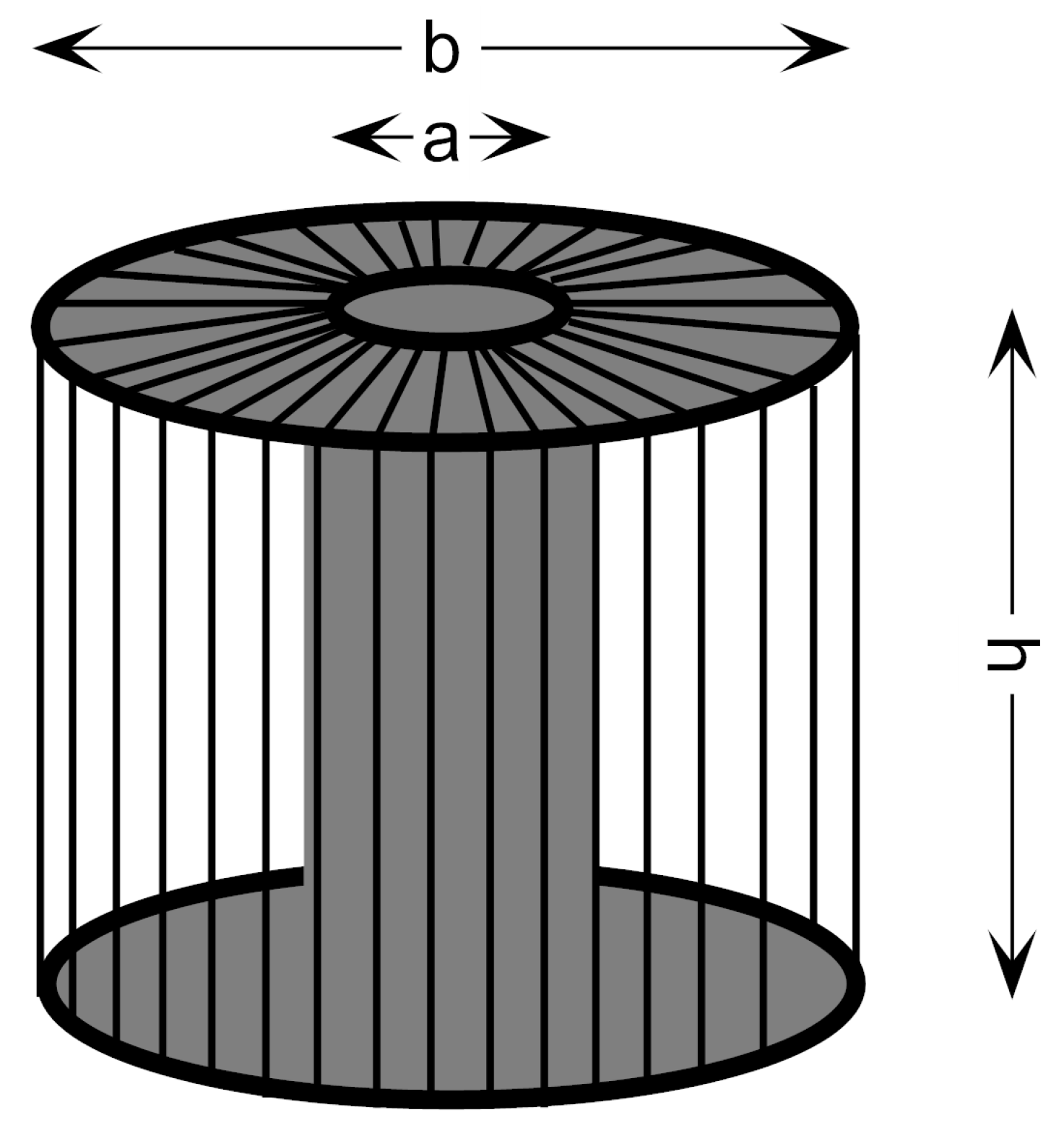
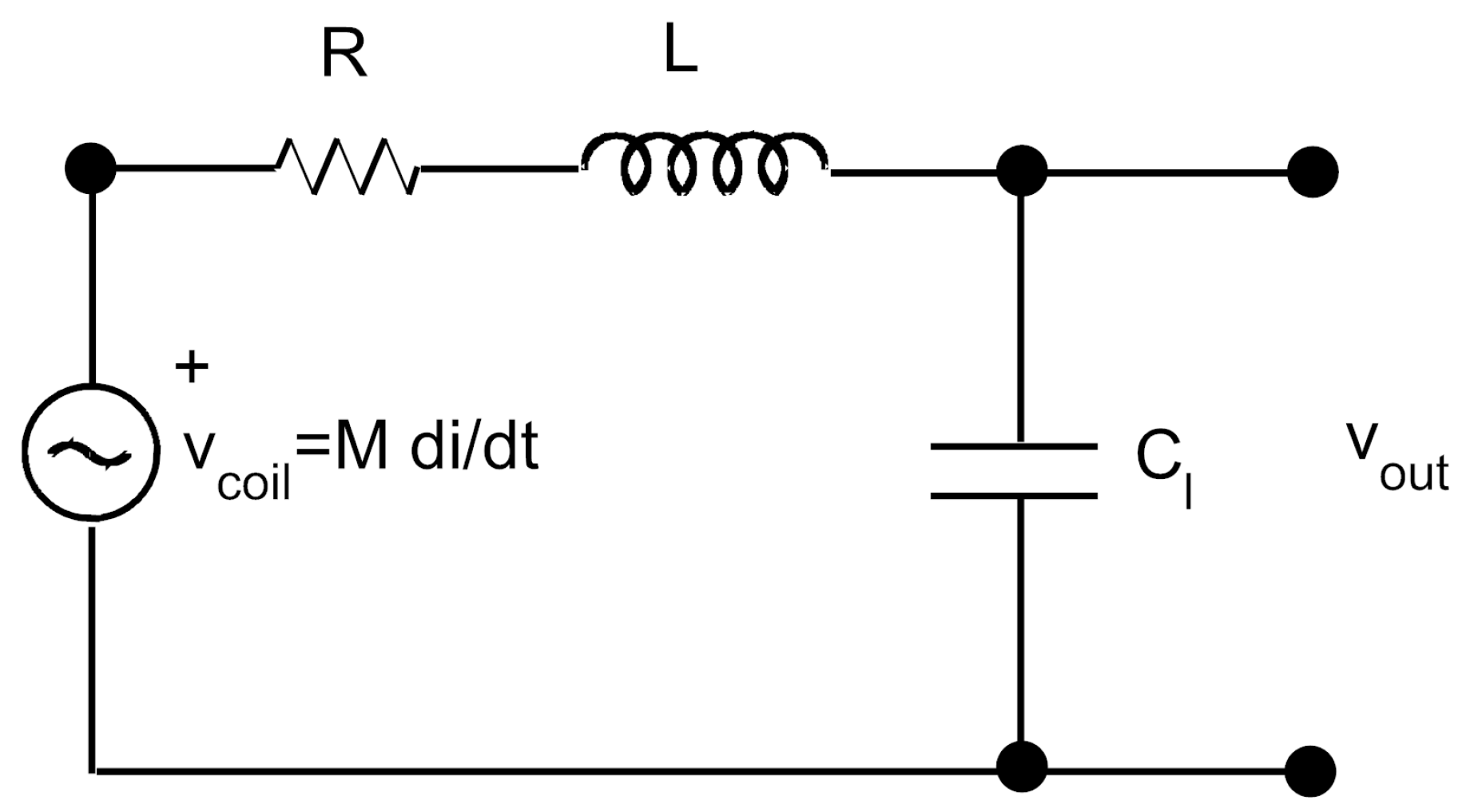
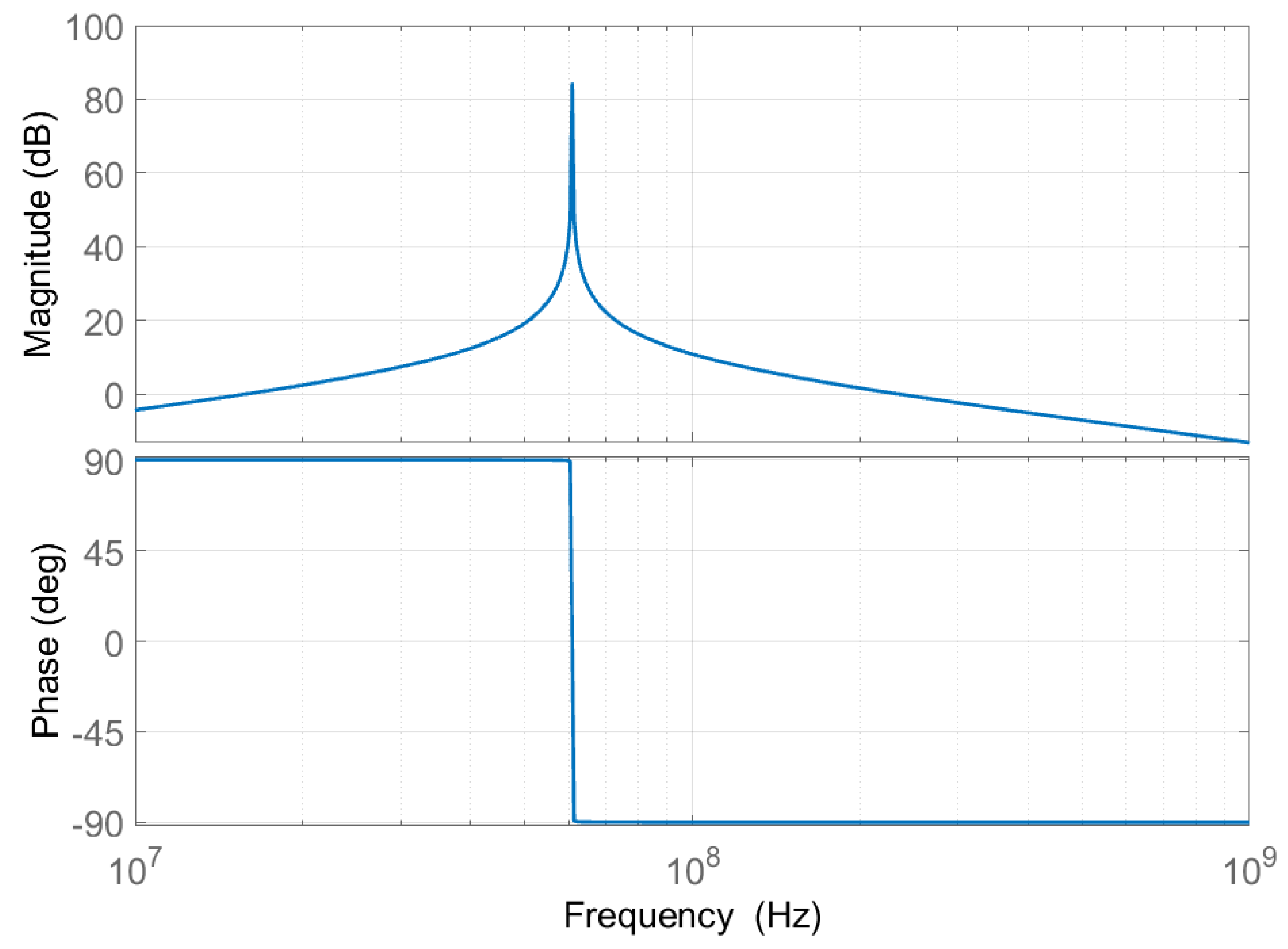
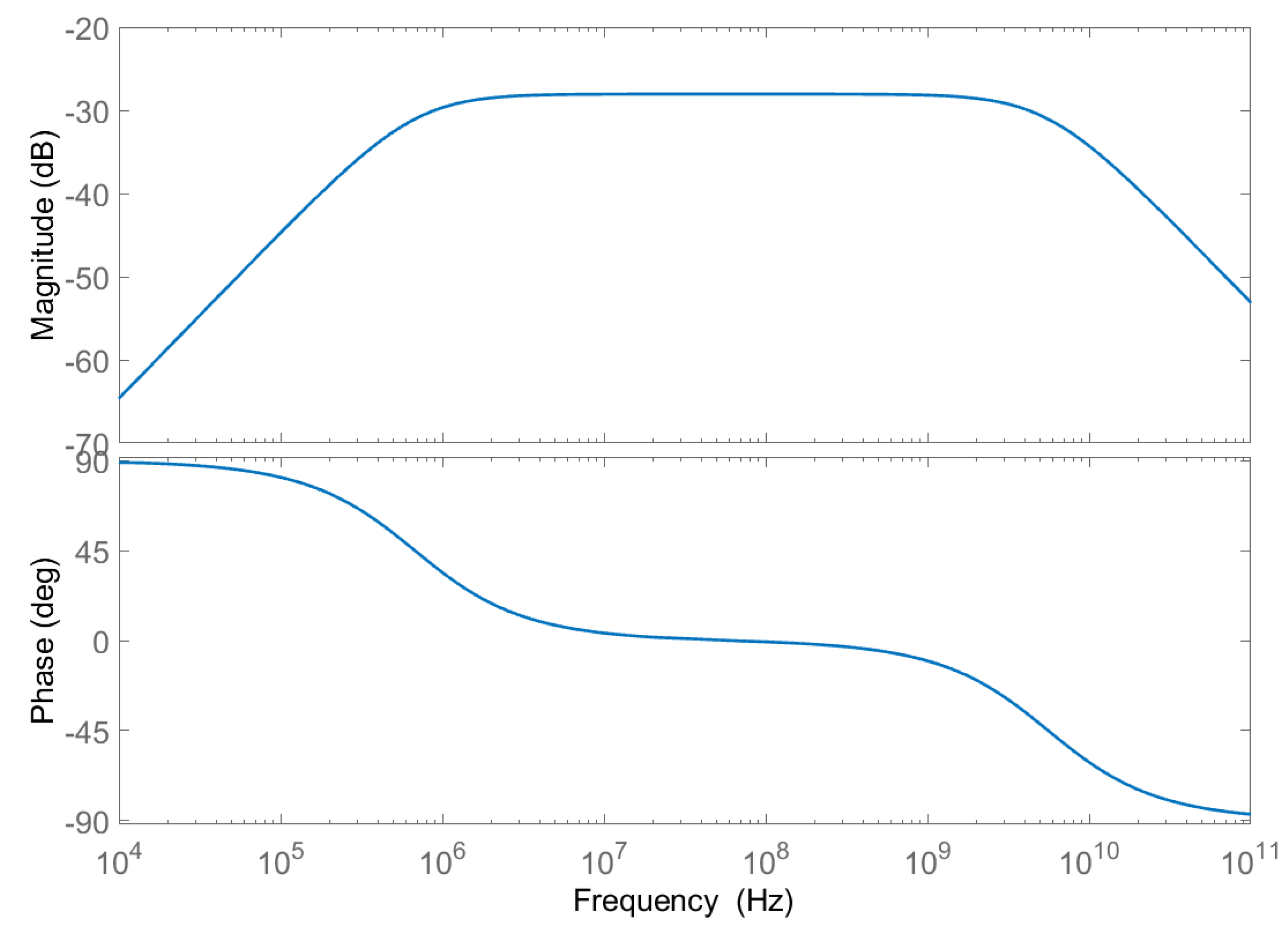
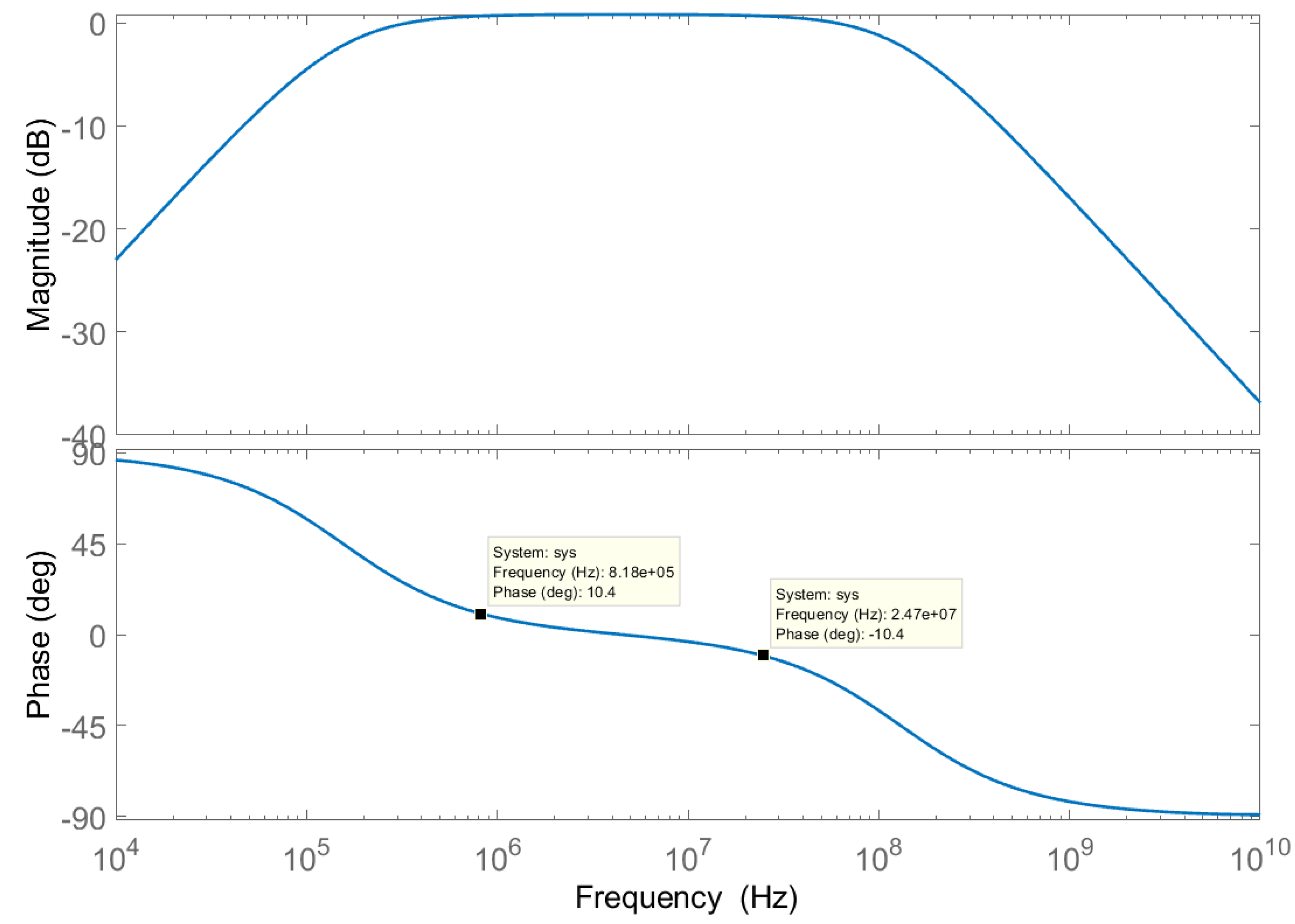
| Parameter | Value |
|---|---|
| a | 10 cm |
| b | 19.9 cm |
| h | 4 cm |
| N | 205 turns |
© 2018 by the authors. Licensee MDPI, Basel, Switzerland. This article is an open access article distributed under the terms and conditions of the Creative Commons Attribution (CC BY) license (https://creativecommons.org/licenses/by/4.0/).
Share and Cite
Robles, G.; Shafiq, M.; Martínez-Tarifa, J.M. Designing a Rogowski Coil with Particle Swarm Optimization. Proceedings 2019, 4, 10. https://doi.org/10.3390/ecsa-5-05721
Robles G, Shafiq M, Martínez-Tarifa JM. Designing a Rogowski Coil with Particle Swarm Optimization. Proceedings. 2019; 4(1):10. https://doi.org/10.3390/ecsa-5-05721
Chicago/Turabian StyleRobles, Guillermo, Muhammad Shafiq, and Juan Manuel Martínez-Tarifa. 2019. "Designing a Rogowski Coil with Particle Swarm Optimization" Proceedings 4, no. 1: 10. https://doi.org/10.3390/ecsa-5-05721
APA StyleRobles, G., Shafiq, M., & Martínez-Tarifa, J. M. (2019). Designing a Rogowski Coil with Particle Swarm Optimization. Proceedings, 4(1), 10. https://doi.org/10.3390/ecsa-5-05721






